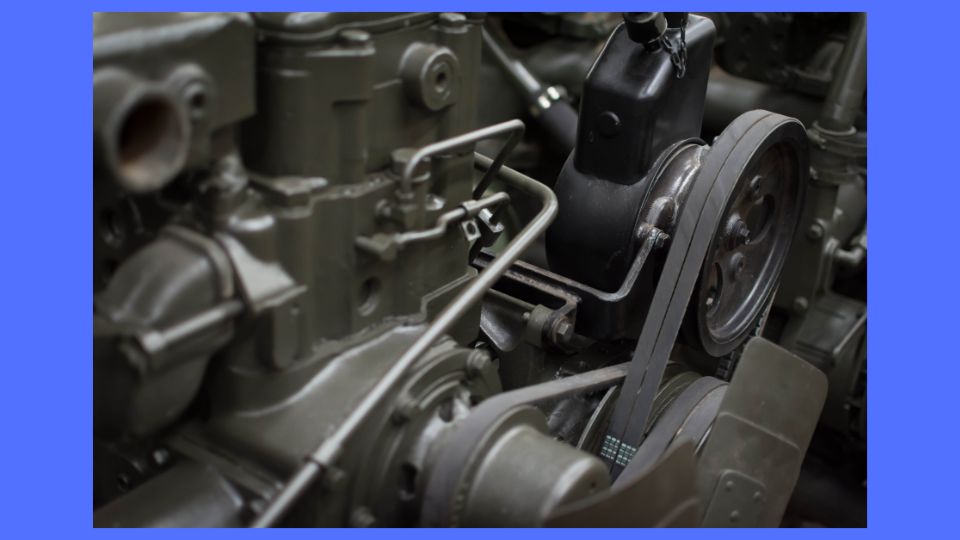Belts and hoses are essential parts of the engine. Belts connect various parts that require the engine’s energy to run, including the alternator. The engine has various fluids that facilitate smooth operation.
The engine oil and coolant are some of the fluids within your truck’s engine. For fluids to reach various parts of your engine, they must travel through hoses. Hoses and belts are sensitive engine parts that change in seasons and can damage. Here are tips for maintaining belts and hoses.
Hoses
Checking and fitting the belts and hoses of your truck is one of the basic truck maintenance worth knowing. Coolant hoses are relatively unique because they wear out from the inside. When you note that the hoses of your truck are worn out from the outside, the inner part is in a worse state.
The coolant hose develops weak points as it wears out, and debris can enter the heater core during this process. Hoses start to wear out from bent, clamped, or connected areas. Follow the below procedure to inspect your hoses.
- Use your hands to inspect all hoses in your truck.
- Touch the coolant hose to feel its condition.
- Turn the engine and squeeze the hoses between your fingers. If they feel soft, consider replacing them.
- When inspecting the hoses, you can notice grime, bulges, and abrasions that you cannot see with your naked eyes. You can also feel for moisture, seepage, or dirt around the hoses.
- The bends on the coolant hoses should be relaxed. Any tension on the bends generates pressure that weakens it.
- A truck’s engine has over 40 clamps at various areas within the system. Consider using a clamp that offers uniform sealing, tension, and the right size for cooling system hoses.
Belts
Most engine systems use serpentine belts, single belts driving various engine parts. This means that you have only two belts to inspect, and this is how to do it.
- Your hands are the best tools to inspect the belts.
- The inspection should focus on wear on the outer edges that are sensitive even to small misalignments.
- Check for belt plays, as they can lead to premature wear of the belt’s body.
- Check for outer edge fries, as such wear signifies that you need to replace your belts.
- Belts should be able to bend. If you note that yours are brittle and resist flexing, think of replacing it as soon as possible.
- Check if the belts have proper tension. Newer engines are fitted with spring loaders whose primary role is to ensure that belts have adequate tension. Belts should not be very tight as this puts tension on the bearings, which can lead to misalignment or belt failure. You can feel how tensed your belt is by pressing it.
Conclusion
Belts and hoses are the truck engine parts that do not need special tools to inspect. If you haven’t inspected your belts and hoses, consider checking them today. Your engine cannot function without or with faulty belts. Damaged belts and hoses are stressful, especially if it happens on the highway. It is thus necessary to service them before taking your truck for a trip.

